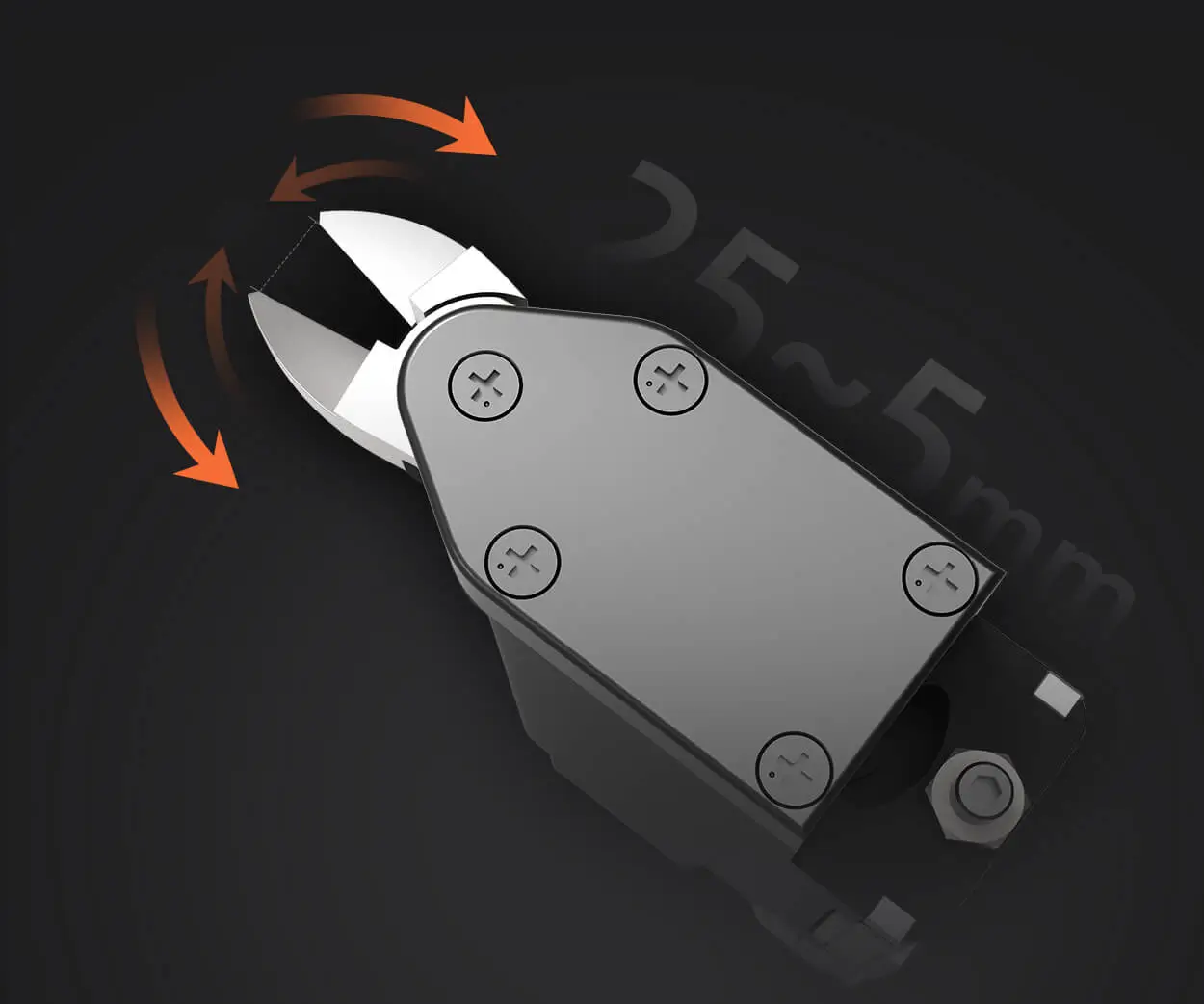Alright, let’s dive into a little dilemma that’s buzzing in the maker world: stepper motors versus servo motors. They both sound fancy, and sure, they’re both the backbone of countless robotic projects and automation systems. But what’s the real story when it comes to choosing one over the other? Think of it like trying to decide between an old-school bicycle and a slick motorcycle for your daily commute — both get you there, but the experience, speed, and control are totally different.

Imagine you’re building a CNC machine or a 3D printer. You might grab a stepper motor because, honestly, it’s straightforward. It’s like a dependable friend who always shows up on time. Each step you send it, it moves a fixed amount, making it easy to control position without fuss. But here’s the catch: push it too hard or push it too fast, and suddenly you’re losing steps. It’s like trying to sprint in heavy boots—there’s a limit to its wow factor. Plus, it’s pretty cost-effective, which makes it a favorite for day-to-day hobby projects.
Switch gears to servo motors. That’s where things get more sophisticated. Imagine a tiny, highly trained gymnast who can hold a pose perfectly and move on command with finesse. They come with built-in sensors—usually encoders—that tell them exactly where they are, and they can make rapid, precise adjustments. When you need tight control over movement, like robotic arms in manufacturing or precise camera gimbals, servo motors shine. They’re faster, more accurate, and more responsive.
But here’s the kicker: servo motors aren’t cheap. They have more complex wiring, more components, and often require a dedicated driver. That’s where the question pops up—what’s more valuable in your project, simplicity or precision? For many, it’s a balancing act. Want quick, rough positioning? Stepper wins the day. Need butch, smooth, highly controlled motion? That’s where servo takes the crown.
And how do they work with Arduino? Easy to integrate either way. Stepper libraries are practically baked into the Arduino ecosystem—USB into a breadboard or a plotter, no sweat. Servos? One line of code, and that tiny motor starts dancing. But keep in mind, each setup demands different power supplies, and the choice can influence your project’s overall complexity and cost.
Some might ask, “Can I just stick with one?” Sure, but often it’s about matching the task to the motor. Do you want reliable, steady movement without fuss? Roll with steppers. Need top-notch responsiveness and precision? Servos are your pick. Sometimes, you’ll see a clever mix—using steppers for broad, coarse movement, and servos for fine-tuning.
When it comes to durability, both can be reliable if chosen correctly. Stepper motors are robust, often handling more torque at a lower cost, but they might get hot under heavy loads. Servos, with their feedback loops, handle delicate, exact movements, which is why they’re favored in high-end applications.
In the end, this isn’t just a tech showdown. It’s about understanding what your project demands, your budget, and how much fine-tuning you want. Whether you’re tinkering in your garage or designing a mini factory line, knowing these differences helps you make smarter choices without any guesswork.
If you’re looking to get serious about motor control, finding the right match can change your game entirely. And hey, understanding the nuances—like how a tiny servo can hold that perfect position or how a stepper can keep turning itself into a precise stepper dance—keeps your project moving smoothly. So, pick what aligns with your needs, and watch your ideas come alive, one perfect move at a time.
Established in 2005, Kpower has been dedicated to a professional compact motion unit manufacturer, headquartered in Dongguan, Guangdong Province, China. Leveraging innovations in modular drive technology, Kpower integrates high-performance motors, precision reducers, and multi-protocol control systems to provide efficient and customized smart drive system solutions. Kpower has delivered professional drive system solutions to over 500 enterprise clients globally with products covering various fields such as Smart Home Systems, Automatic Electronics, Robotics, Precision Agriculture, Drones, and Industrial Automation.




































